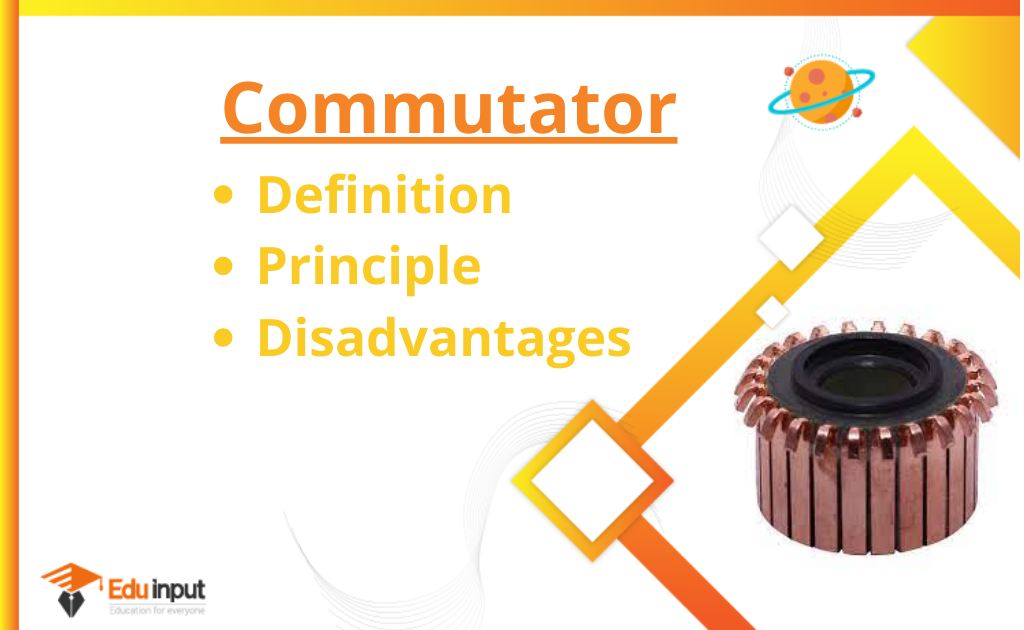What is a Universal Motor?-Definition, Operation, And Disadvantages
A universal motor is a special type of electric motor that can be used on both AC and DC power supplies. The field windings and the armature of the universal motor are in series. The universal motors are usually built into the device they are meant to drive because the series connection allows them to generate high Torque.
What is a universal motor?
The universal motor is a type of electric motor that can operate on either AC or DC power and uses an electromagnet as the stator to create its magnetic field. The AC series motor is often referred to as a motor. The universal motor is very similar to a DC series motor in construction but is slightly modified to allow the motor to operate properly on AC power.
This type of electric motor can operate on AC because the current in both the field coil and the armature will alternate with the supply, which is why it can operate well. The mechanical force will occur in a consistent direction of rotation, but it will be determined by the commutator and the polarity of the field coil.
Operation of Universal Motor
There are two basic operations of the universal motor on the basis of supply
- DC Supply
- AC Supply
DC supply
When a universal motor is given a DC power source, it acts as a DC series motor. In this configuration, the current passing through the field winding produces an electromagnetic field. The same current also flows through the armature conductors. When a current-carrying conductor is placed in a magnetic field, the conductor experiences a mechanical force. This force causes the rotor to rotate. The direction of this force can be determined using Fleming’s Left-hand rule.
AC supply
A unidirectional torque is produced when the universal motor is supplied with AC power. This is because the armature winding and the field winding are connected in series and are in the same phase. Therefore, whenever the polarity of the AC changes, the direction of the current in the armature and the field winding changes simultaneously.
The direction of the magnetic field and the direction of the armature current reverse so that the direction of force experienced by armature conductors remains the same. Thus, regardless of AC or DC supply, universal motors work on the same principle that DC series motors work on. Universal motor work on the same principle that DC series motor work on, regardless of AC or DC supply.
Properties of Universal Motors
They run at high speed, which is the distinctive property of the universal motor. The high starting Torque is what they have. The small size and lightweight are what they are. They are very noisy because of the commutator and brushes.
The efficiency of Universal Motor
Even when connected to AC power, these types of motors can rotate much faster than the frequency of the power source. And because most electric motor properties get better as speed increases, they can be lightweight and powerful. However, universal motors are usually not very efficient, running at only 30% for smaller motors and up to 70-75% for larger ones.
Disadvantages
The maintenance and short life problems caused by the commutator, as well as the interference caused by the sparking, are negative aspects. Because of the relatively high maintenance commutator brushes, universal motors are best-suited for devices such as food mixers and power tools which are used only intermittently, and often have high starting-torque demands.
The negative aspect is that the motors are only used when the air is mostly clean. Due to the increased risk of overheating, completely enclosed fan-cooled universal motors would be impractical, though some have been made.
Since the motor has to use more energy to cool itself, it would need a large fan to circulate enough air. The impracticality is the result of the size, weight, and thermal management issues that open motors do not have.







Leave a Reply